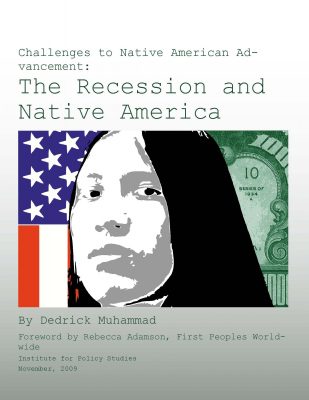 These are exciting times to be a Native American. The century-old movement for Indian self-determination is now bearing fruit, as Native Americans have increased control over their assets and can apply Indigenous principles to shape their economies. Yet, as this report powerfully documents, glaring disparities persist and much work remains to further increase Indian control of their rich assets, thereby increasing their well-being and prosperity.
These are exciting times to be a Native American. The century-old movement for Indian self-determination is now bearing fruit, as Native Americans have increased control over their assets and can apply Indigenous principles to shape their economies. Yet, as this report powerfully documents, glaring disparities persist and much work remains to further increase Indian control of their rich assets, thereby increasing their well-being and prosperity.
This report highlights some of the factors that have led to the disparities we now widely observe between Native Americans and their non-Native neighbors: the appropriation of Indian lands for the gain of white settlers; the mismanagement by the Bureau of Indian Affairs of resources found on Native lands; and the underinvestment by the federal government in Native American education, health care and small-business development.
Key findings:
- Despite recent strides, inequality persists.
- Native populations are on the rise.
- Native Americans have similar socioeconomic indicators as other disenfranchised minorities.
- Health care is a growing concern.
- Recessions disproportionately hurt Natives.
- Economic conditions on reservations have declined in step with government support.
The report offers comprehensive policy recommendations to ensure that the traditionally disenfranchised Native population has the same opportunities for advancement as the rest of the country.
